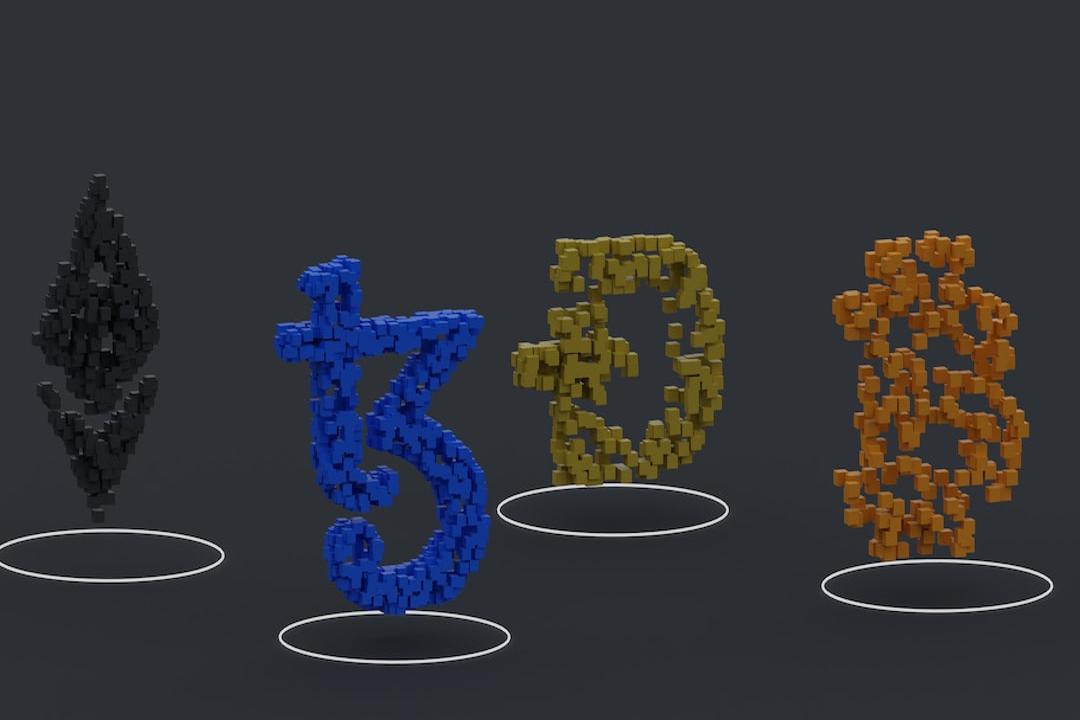At present, the Relative Strength Index (RSI) for Kaspa is around 53 with an upward trend. RSI, an momentum oscillator, measures the overbought and oversold conditions of an asset on a scale from 0 to 100. Values above 70 suggest the asset is overbought and may undergo a correction, while values below 30 indicate oversold conditions and potential for recovery.
With an RSI of 53, Kaspa is experiencing buying pressure from market participants. This indicates that the recent price increase is supported by real demand, crucial for sustaining the rally.

Following Kaspa’s recent historic peak, many futures traders have started to open short positions, as evidenced by the registered negative funding rate of -0.0085%. The funding rate in perpetual futures contracts is used to keep the contract price close to the spot price. A negative result indicates greater demand for short positions, suggesting more traders anticipate a decline in the asset’s price.
Read more:

A top analyst shared his predictions for the Bitcoin and altcoin markets. When Kaspa corrects from its peak, it leads to the liquidation of numerous long positions. On June 30, the value of liquidated long positions reached $586,220, marking the highest single-day liquidation since March 16. The sharp increase in liquidation of long positions suggests that many traders who bet on continued price rallies were forced to exit their positions when the price unexpectedly dropped. This market reaction underscores Kaspa’s instability and highlights the risks associated with altcoin trading.
Overall, chain evaluation shows that despite the recent price correction and liquidation of long positions, Kaspa continues to attract significant interest from traders. At the time of writing, the cryptocurrency is trading at $0.018, reflecting an 8% decline over the past 24 hours. Conversely, trading volume has increased by over 40% during the same period.


